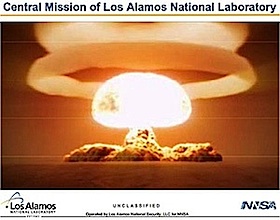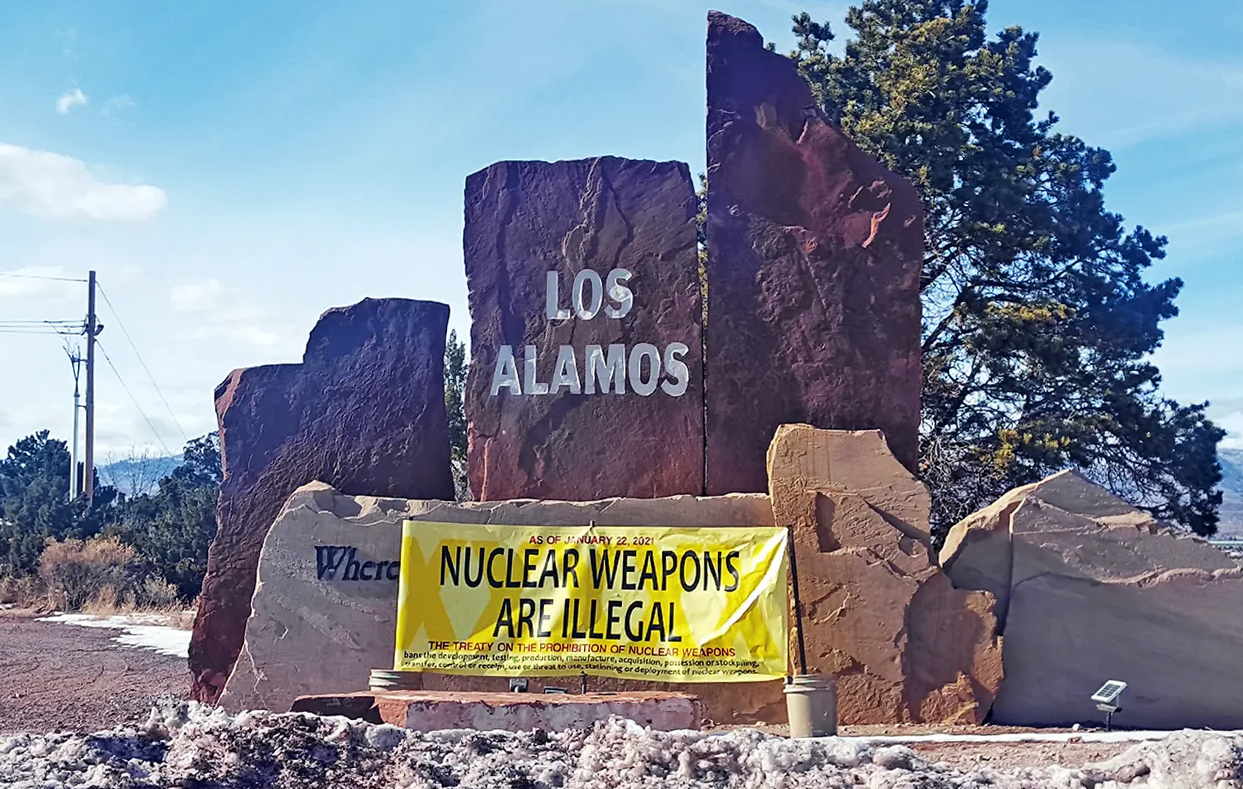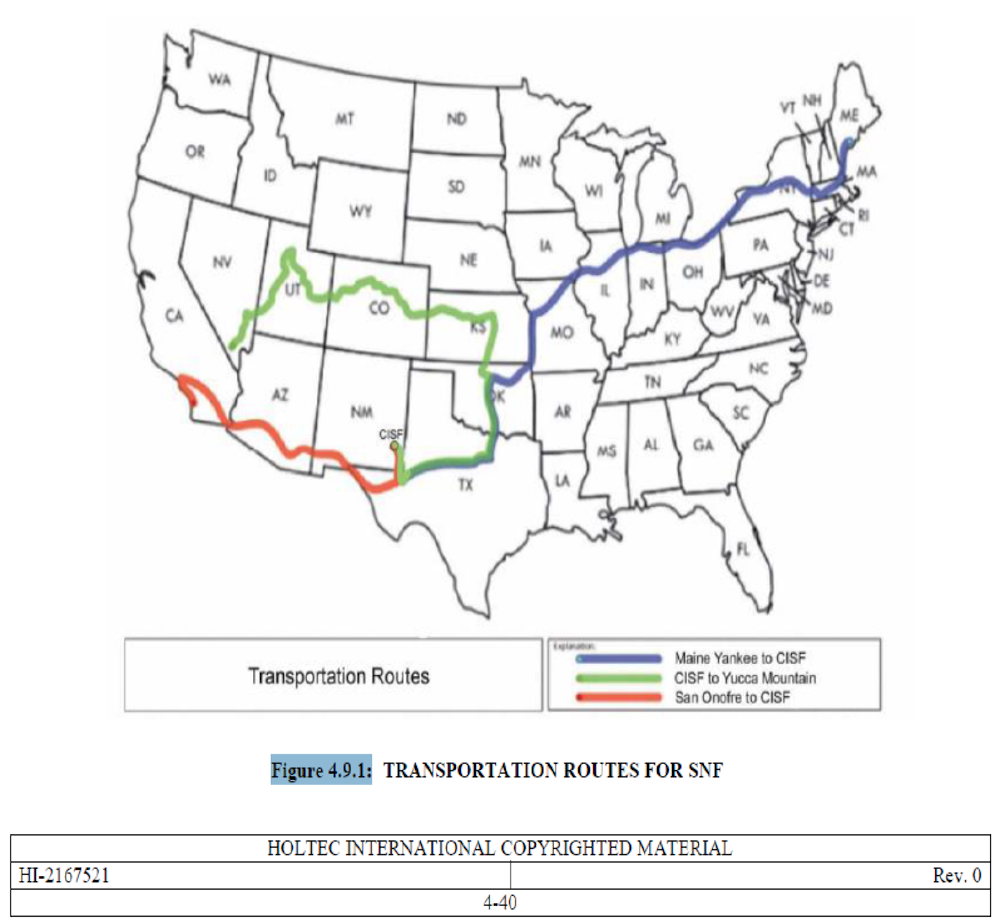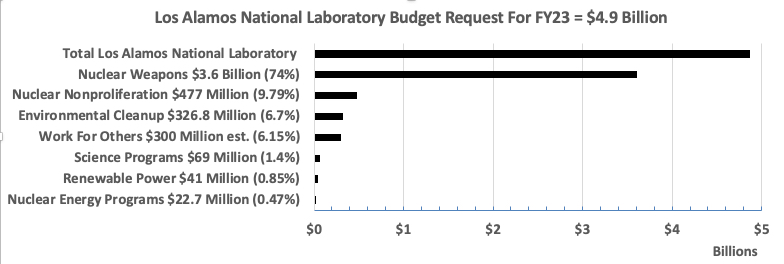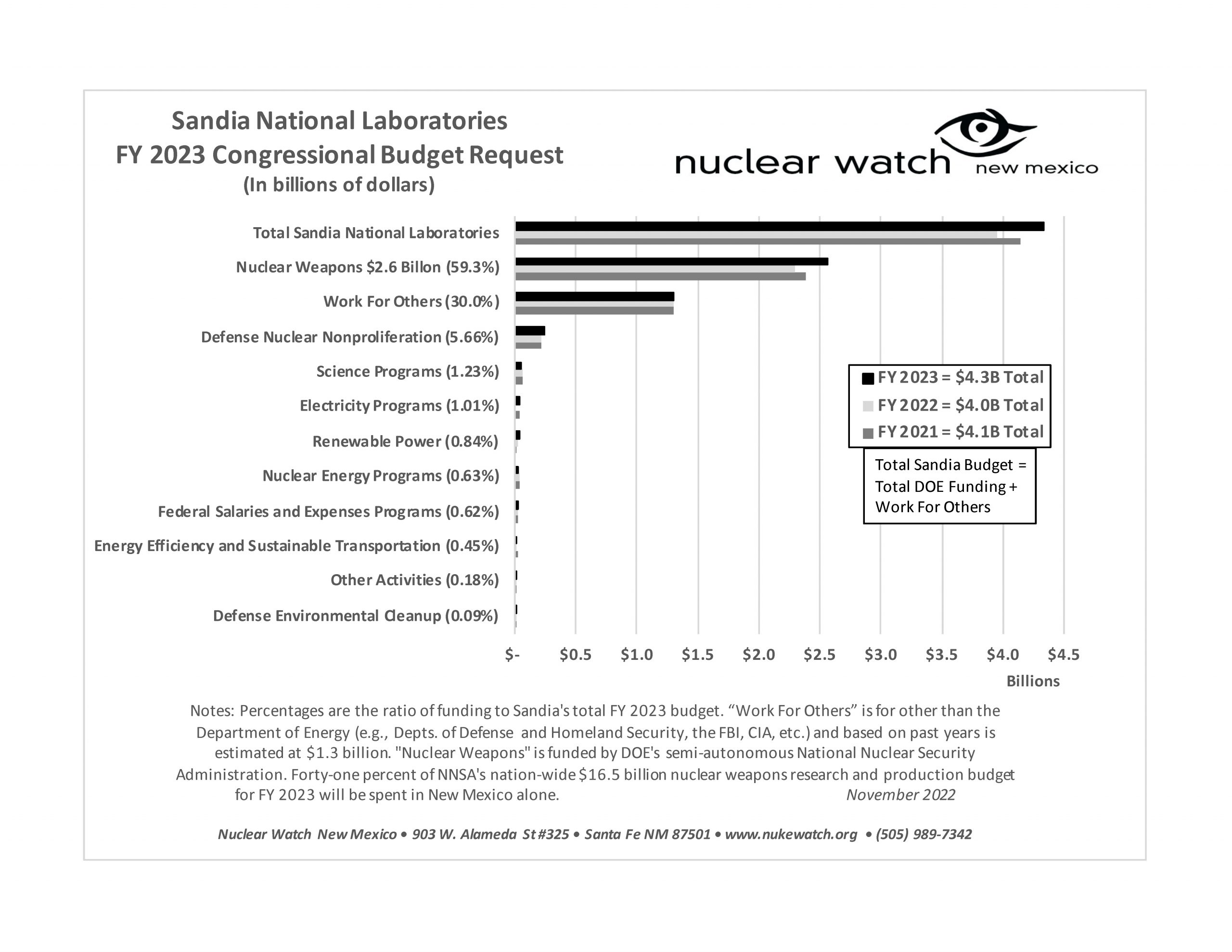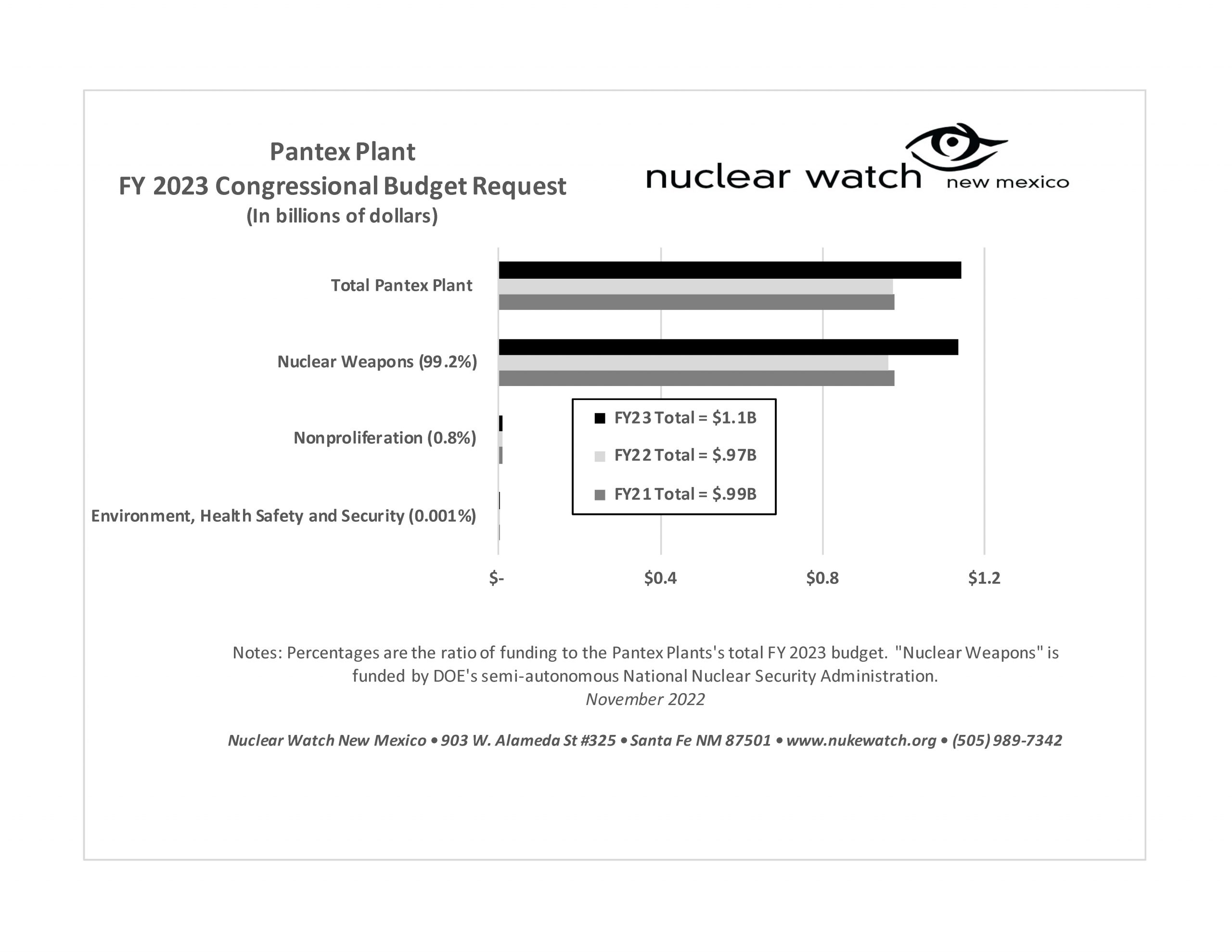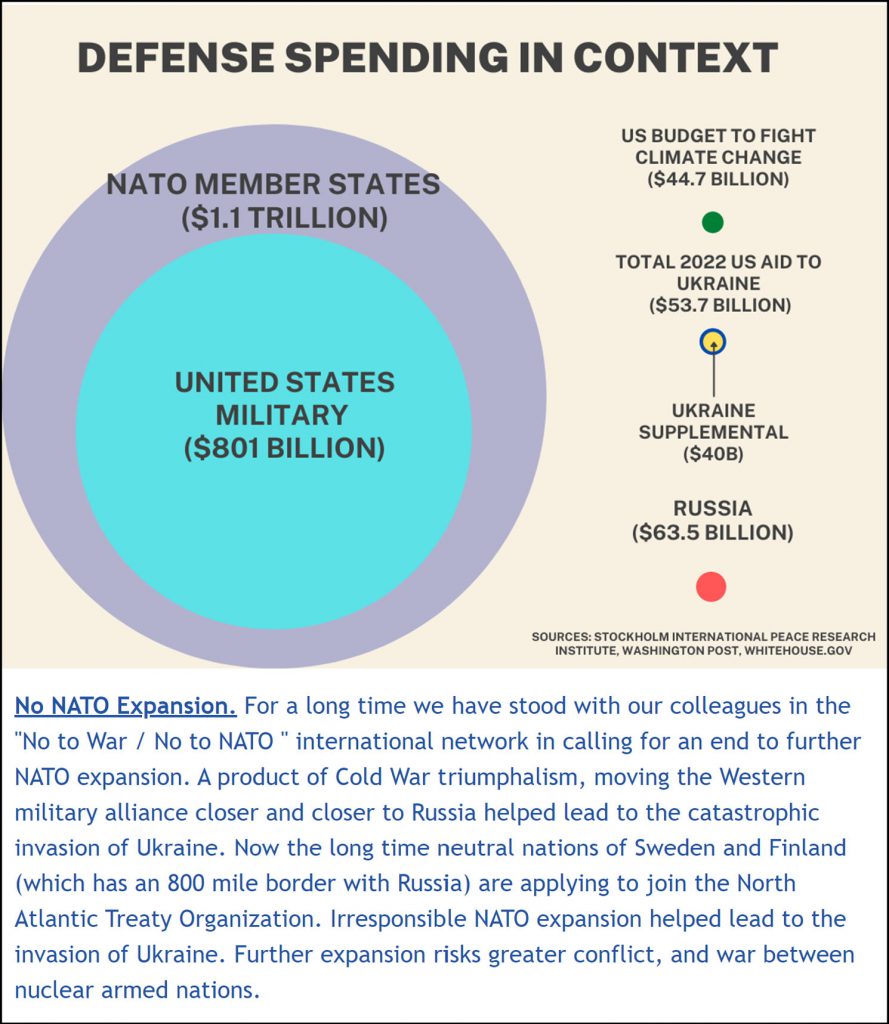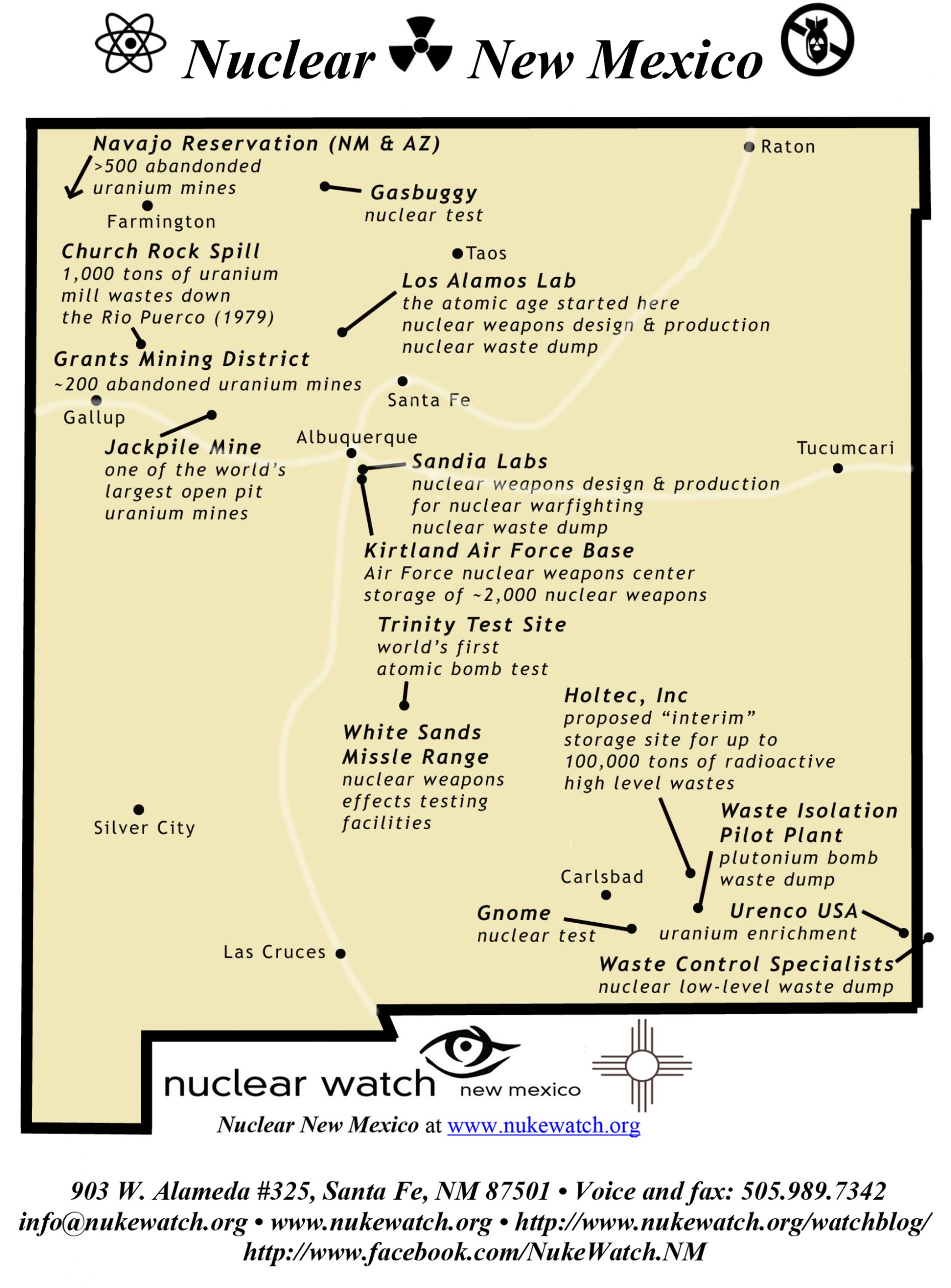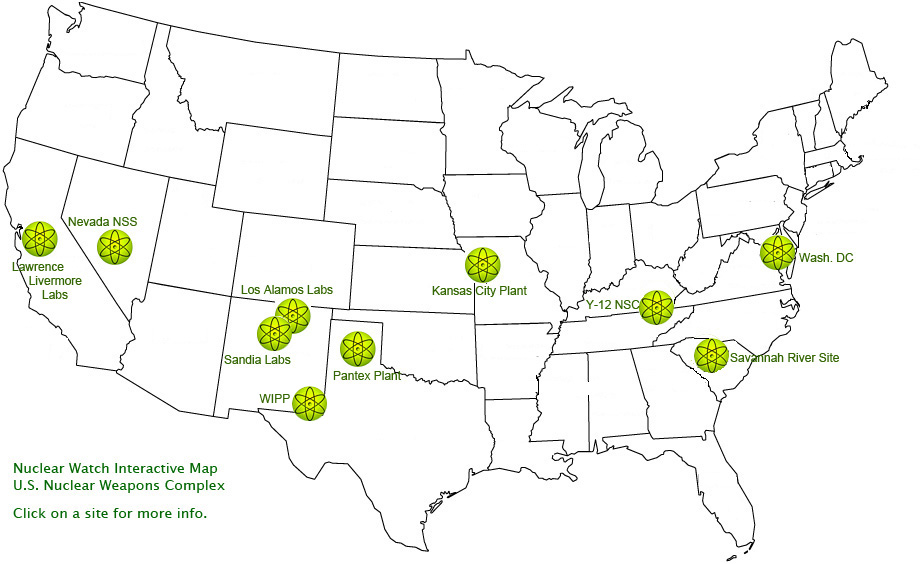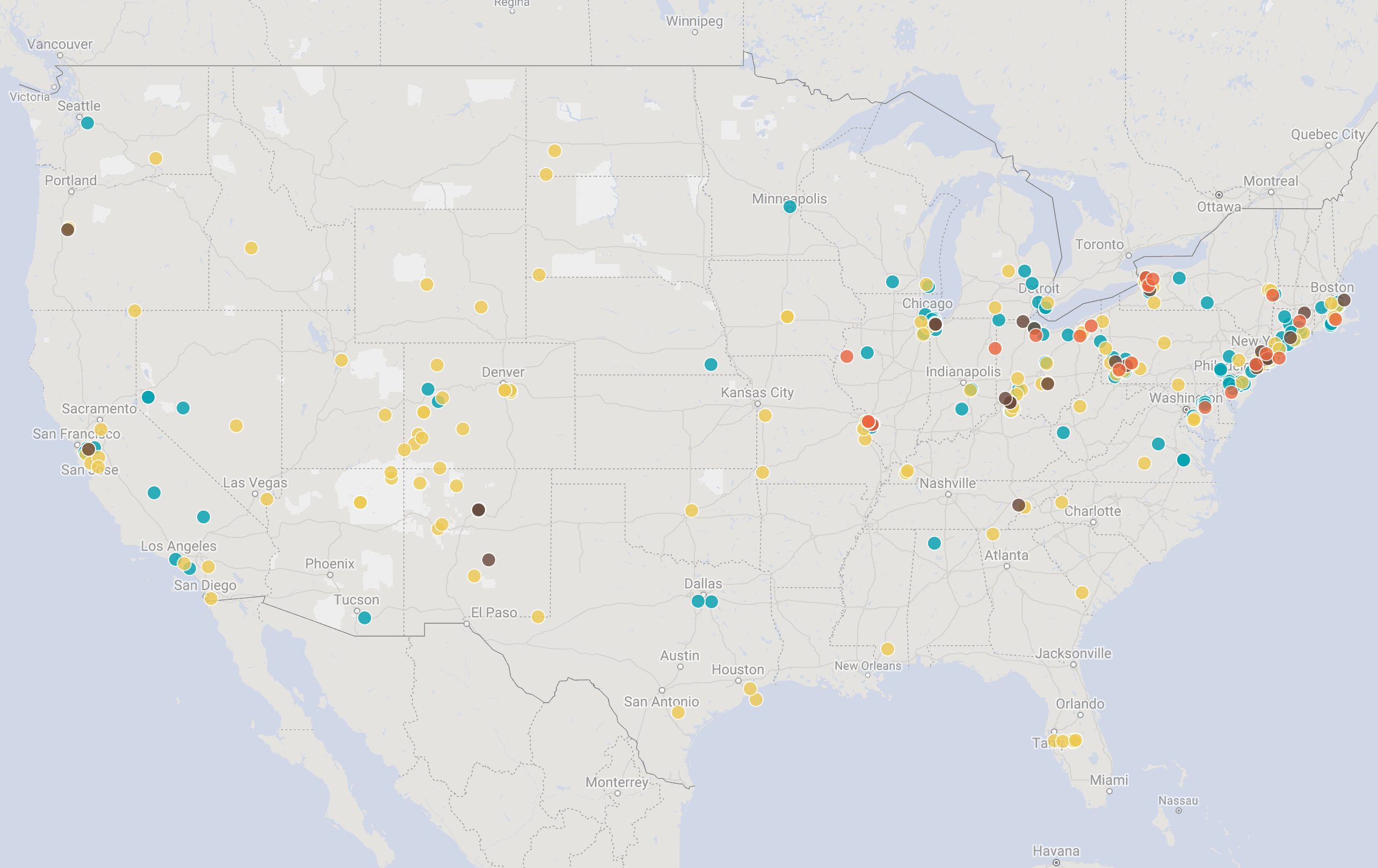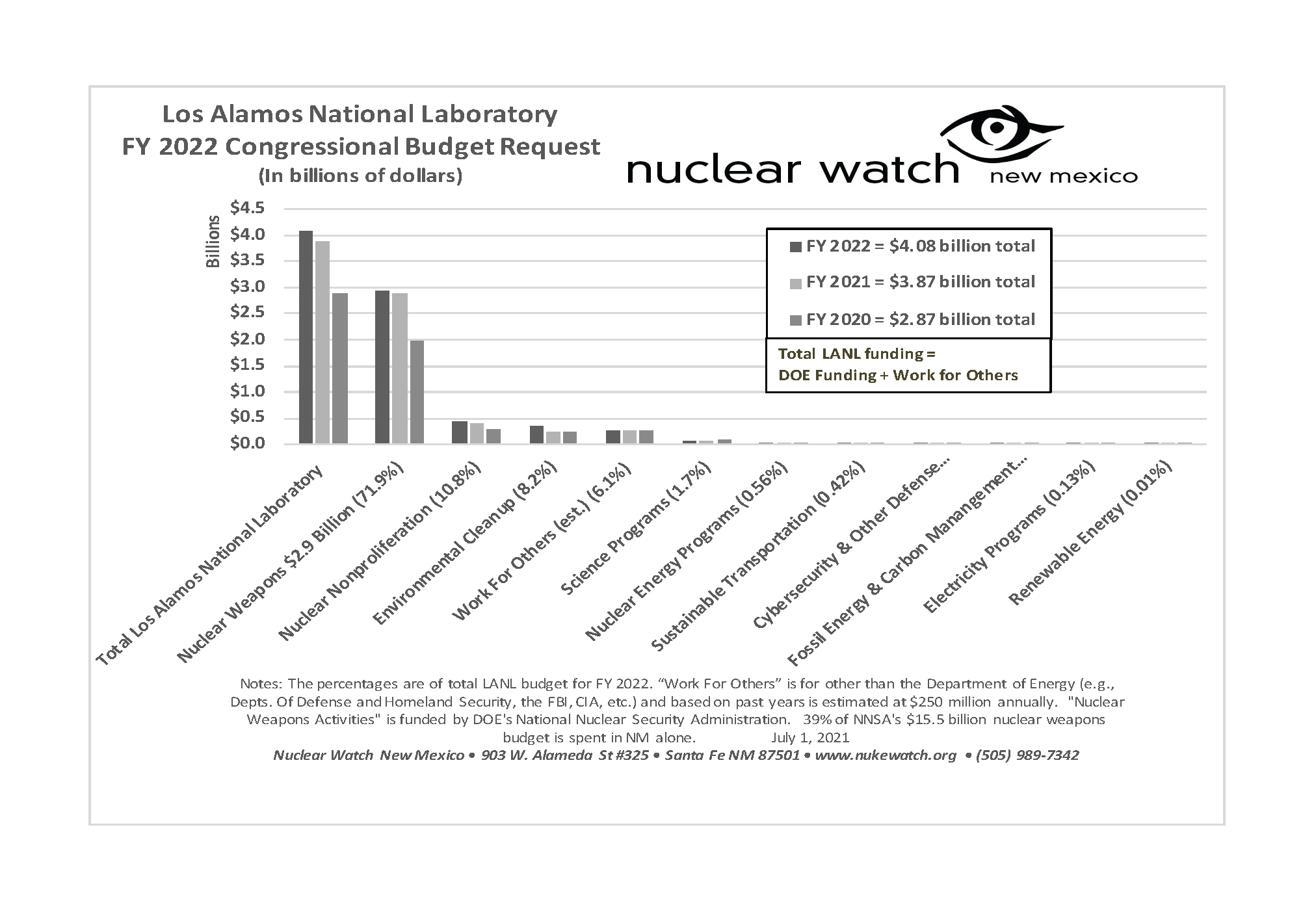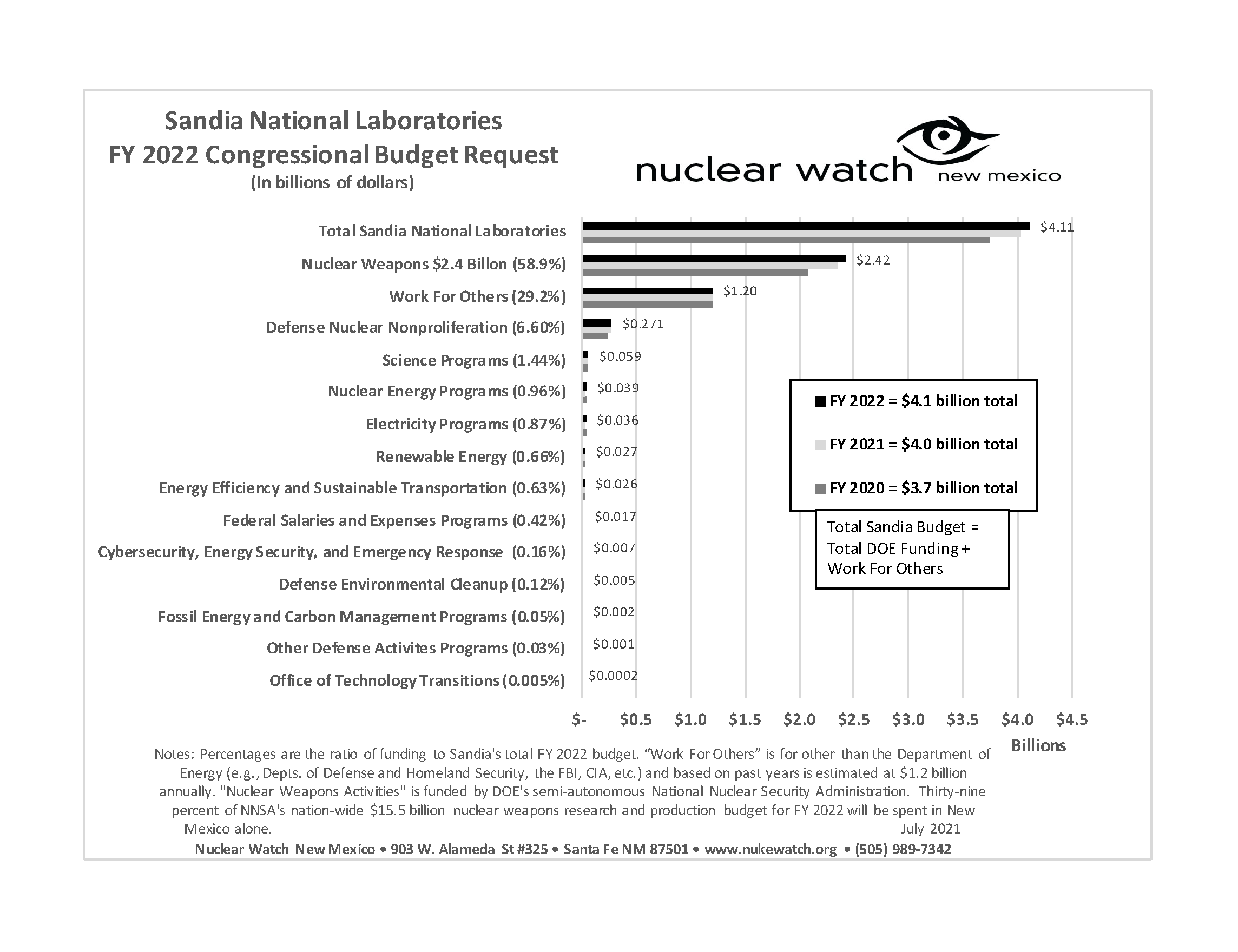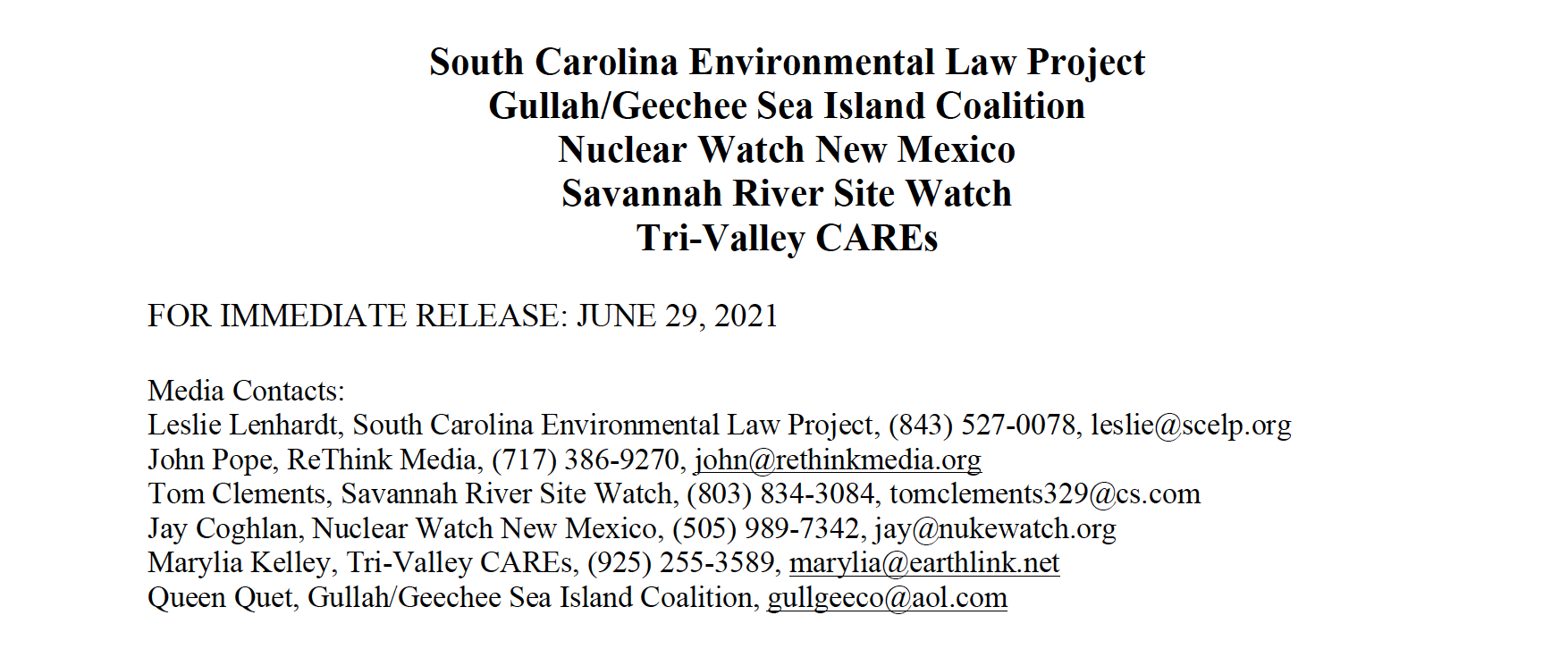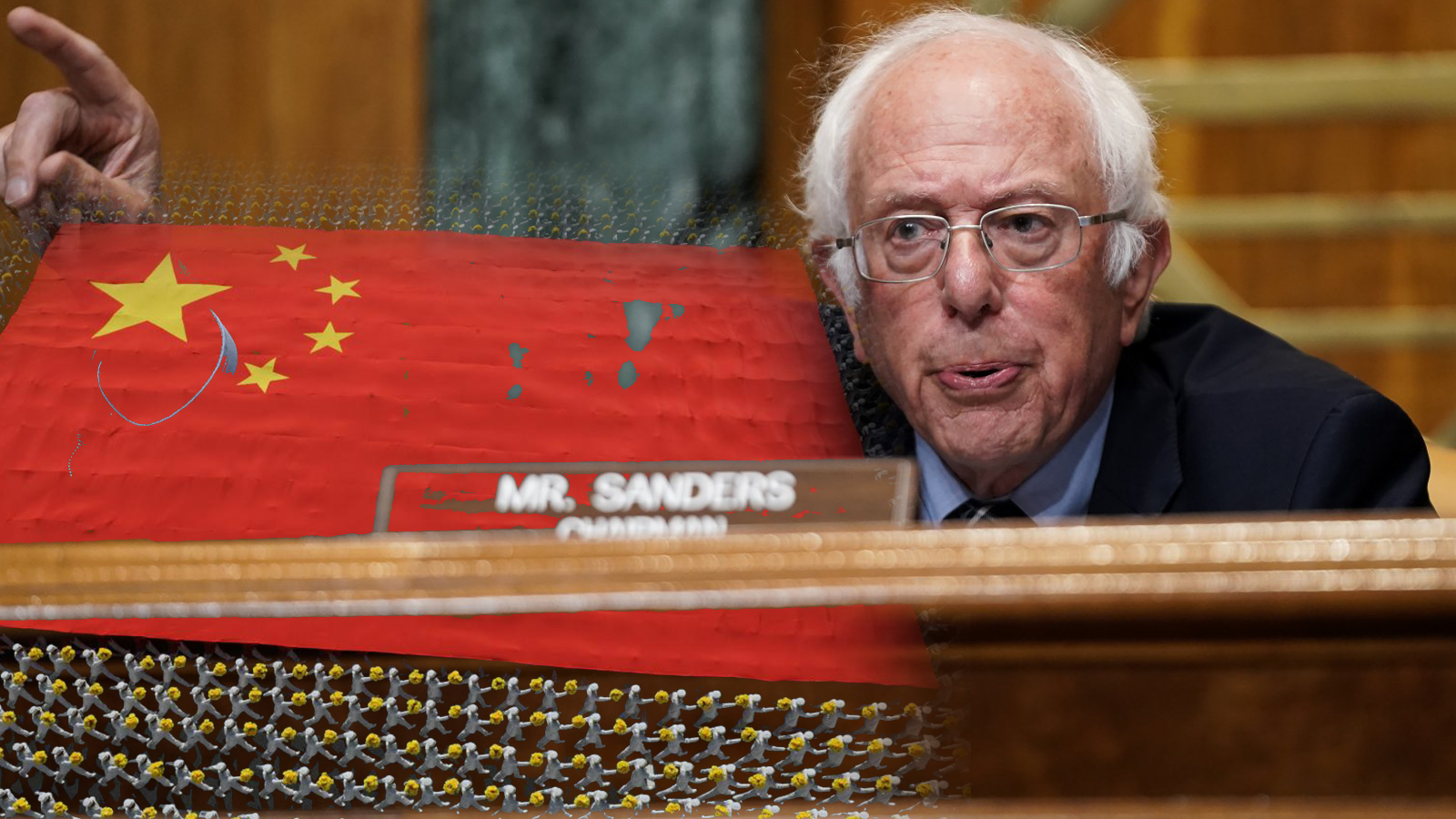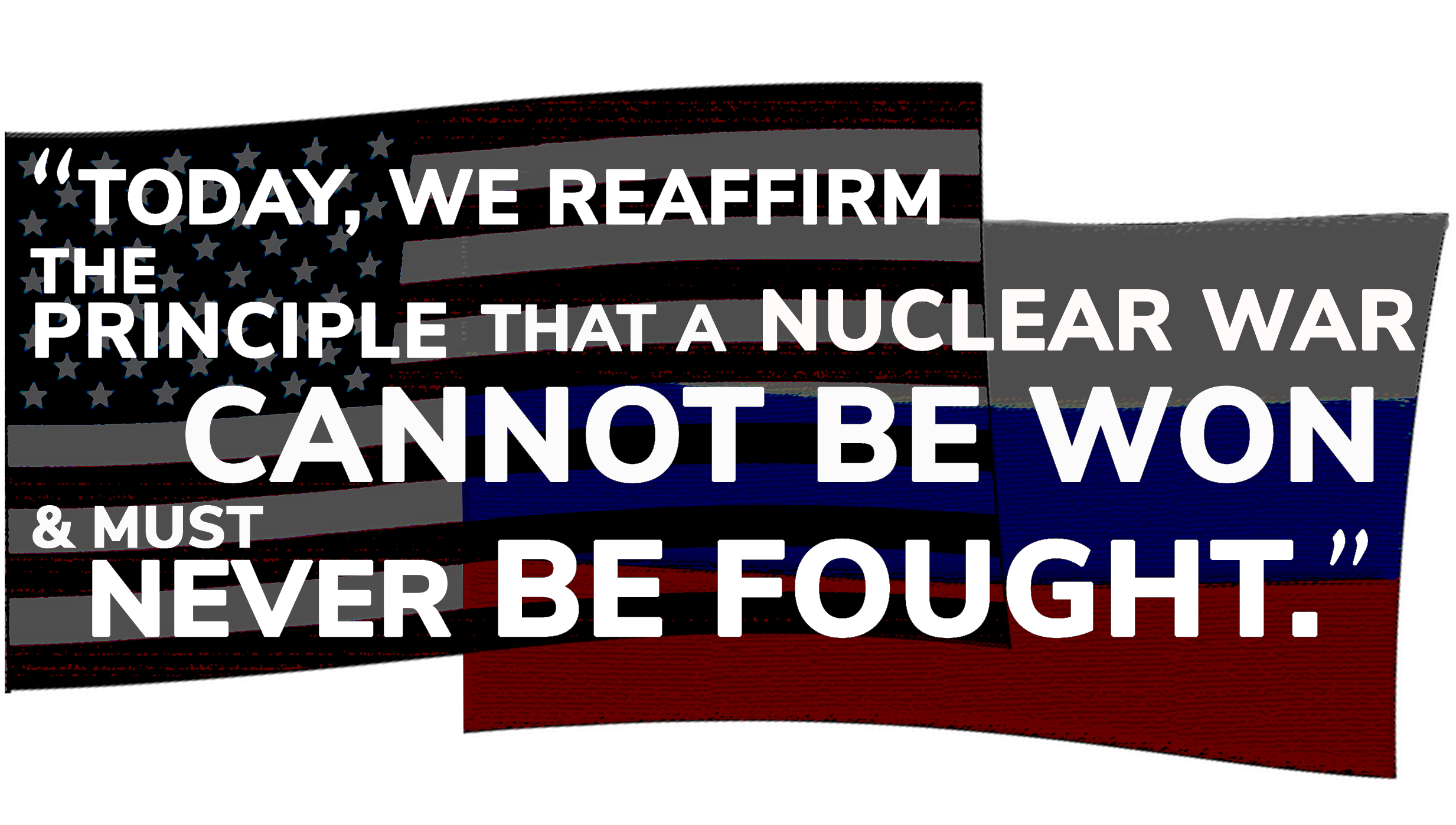QUOTE OF THE WEEK
Nothing Found
It seems we can’t find what you’re looking for. Perhaps searching can help.
LANL’s Central Mission: Los Alamos Lab officials have recently claimed that LANL has moved away from primarily nuclear weapons to “national security”, but what truly remains as the Labs central mission? Here’s the answer from one of its own documents:
LANL’s “Central Mission”- Presented at: RPI Nuclear Data 2011 Symposium for Criticality Safety and Reactor Applications (PDF) 4/27/11
Banner displaying “Nuclear Weapons Are Now Illegal” at the entrance in front of the Los Alamos National Lab to celebrate the Entry Into Force of the Nuclear Weapon Ban Treaty on January 22, 2021
Nothing Found
It seems we can’t find what you’re looking for. Perhaps searching can help.
Follow the Money!
Map of “Nuclear New Mexico”
Nuclear Watch Interactive Map – U.S. Nuclear Weapons Complex
In 1985, US President Ronald Reagan and and Russian President Mikhail Gorbachev declared that “a nuclear war cannot be won and must never be fought.”
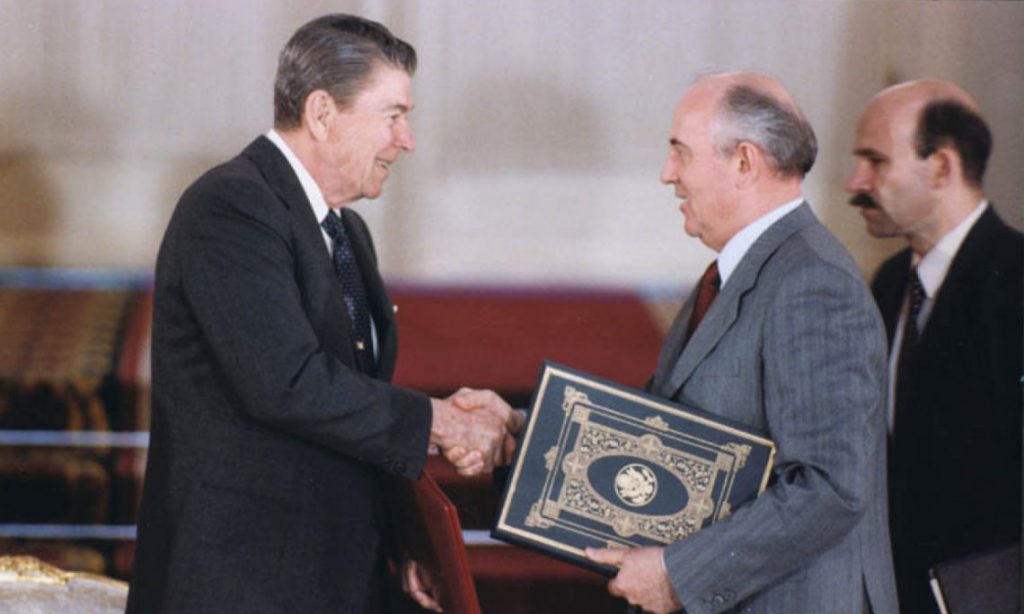
Waste Lands: America’s Forgotten Nuclear Legacy
The Wall St. Journal has compiled a searchable database of contaminated sites across the US. (view)
Related WSJ report: https://www.wsj.com
2022 BLOG POSTS
Nothing Found
It seems we can’t find what you’re looking for. Perhaps searching can help.
New & Updated
In Memoriam: Priscilla Johnson McMillan, 1928–2021
 A longtime supporter and friend of Nuclear Watch New Mexico, nuclear historian Priscilla Johnson McMillan passed away at 92 on July 7, 2021.
A longtime supporter and friend of Nuclear Watch New Mexico, nuclear historian Priscilla Johnson McMillan passed away at 92 on July 7, 2021.
From the Bulletin of the Atomic Scientists:
“Priscilla was generous with her time and intelligence. She was astonishingly knowledgeable about Russia as it emerged from the Cold War and equally modest. She will be greatly missed,” — Kennette Benedict
A 2013 article from the Cambridge Chronicle states, “Since high school, McMillan had been active in politics and supported strengthening the United Nations in the hopes of controlling nuclear weapons.
‘It was the early post-war generation,’ she recalled. ‘We were trying to strengthen the UN so nuclear weapons wouldn’t belong to one country or another.’”
NNSA Los Alamos Shipments to WIPP Resume
BY: WAYNE BARBER
Shipments of transuranic waste to the Waste Isolation Pilot Plant from National Nuclear Security Administration operations at the Los Alamos National Laboratory in New Mexico were set to resume this week after being on hold since an ignition scare in February,…
New Mexico: Number One in Nuclear Weapons and Radioactive Wastes Near Last in Citizen and Child Well-Being
The goal of NNSA programs in New Mexico is to indefinitely extend the service lives of existing nuclear weapons while giving them new military capabilities. This will be followed by completely new nuclear weapons that cannot be tested given the global testing moratorium. Alternatively, it could prompt the U.S. back into nuclear weapons testing, which would have serious international proliferation implications. NNSA’s claimed rationale is “deterrence” which requires only a few hundred nuclear weapons. In reality the U.S. and Russia each have thousands of ready-to-launch weapons for nuclear war-fighting.
Lawsuit Filed Against Biden Administration Over Nuclear Bomb Core Production Plans
Federal agencies’ refusal to review cross-country expansion of plutonium pit production violates the National Environmental Policy Act and the Administrative Procedures Act, groups say.
AIKEN, S.C. – Today, a coalition of community and public interest groups filed a lawsuit against the U.S. Department of Energy (DOE) and the National Nuclear Security Administration (NNSA). This legal action is prompted by the agencies’ failure to take the “hard look” required by the National Environmental Policy Act at their plans to more than quadruple the production of plutonium pits and split their production between the Los Alamos National Laboratory in New Mexico and the Savannah River Site in South Carolina.
South Carolina Environmental Law Project and Nuclear Watchdogs Virtual Press Conference
Nuclear Watch New Mexico, along with other watchdog groups, has announced a lawsuit against the Biden administration over its expanded production of plutonium cores for the U.S. nuclear weapons “modernization” plans. There has been inadequate environmental review by federal agencies, who have failed to detail potential impacts of the projects around communities in New Mexico and South Carolina.
The lawsuit was filed against the Energy Department and the National Nuclear Security Administration demanding the federal agency that oversees U.S. nuclear research and bombmaking must “take a legally required ‘hard look’ at impacts on local communities and possible alternatives before expanding manufacturing of the plutonium cores used to trigger nuclear weapons.”
The push from U.S. officials to “modernize” the country’s nuclear arsenal cites only general global security concerns that do not justify the science and brand new, untested technology that will be necessary to the task. citing global security concerns. Although “most of the plutonium cores currently in the stockpile date back to the 1970s and 1980s,” scientific experts estimate that plutonium pits will last 100 years or more., and on warhead type, the best estimate of minimum pit life is 85–100 years.minimum.
Los Alamos National Laboratory in northern New Mexico and the Savannah River Site near Aiken, South Carolina face enormous (and, frankly, unrealistic) deadlines to produce a massive number of plutonium cores in coming years – 50 or more cores at South Carolina and 30 or more at Los Alamos National Lab. The Savannah River Site location now has estimated costs up to $11.1 billion, with a completion date ranging from 2032 to 2035. The U.S. doesn’t need the new plutonium cores with the taxpayer bearing the burden for the expense of lagging deadlines and bloated budgets.
“The watchdog groups said Tuesday that the agency took a piecemeal approach to decide on locating the production at Los Alamos and the Savannah River Site, where nearby communities are already underrepresented and underserved.”
Tom Clements of Savannah River Site Watch said the South Carolina location was picked for political reasons following the failure of a facility designed to convert weapons-grade plutonium into commercial nuclear fuel. As the Savannah River Site has never served as a storage or production site for the pits in its history, establishing pit construction there would be “a daunting technical challenge that has not been properly reviewed,” Clements said.
With very real, current threats the U.S. is facing right now, we don’t need another Rocky Flats situation in New Mexico or South Carolina where a $7 billion, yearslong cleanup is required after the facilities fail due to leaks, fires and environmental violations, doing irreparable damage to the earth and placing communities there in unequivocal peril.
Feds face suit over plan to build atomic weapons component factory in SC
VIEW NEWS CONFERENCE & PRESS RELEASE ABOVE
(also archived on the Facebook page of the South Carolina Environmental Law Project: https://www.facebook.com/scelp.org)
BY: SAMMY FRETWELL
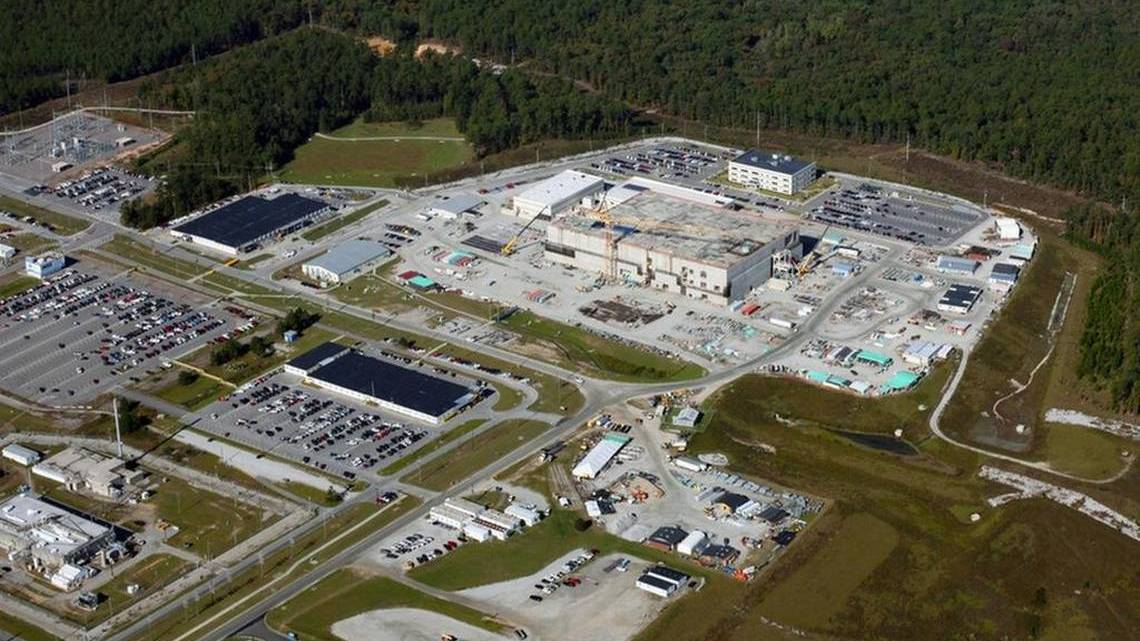
Four public interest groups said Tuesday they are suing the federal government, seeking to stop construction of multi-billion dollar nuclear production factories in South Carolina and New Mexico that would make components for new atomic weapons.
Savannah River Site Watch, Nuclear Watch New Mexico, Tri Valley CARES and the Gullah Geechee Sea Island Coalition are seeking an extensive study, known as a programmatic environmental impact statement, to weigh the effects of new pit plants on the environment and people who live near them.
Federal officials have sought the new plants to update the nuclear arsenal, a prospect that project boosters say could provide 1,000 jobs at the Savannah River Site, the Aiken area weapons complex where a pit factory would be located.
But critics say the promise of jobs isn’t worth the risk of environmental contamination or the cost, now estimated to be about $15 billion for the two plants.
7-acre desert site building at Idaho National Laboratory emptied, awaiting destruction
The Waste Isolation Pilot Plant (WIPP) collects waste from across the country. WIPP is the nation’s only repository for the disposal of nuclear waste known as transuranic, or TRU, waste. Most of the waste slated for WIPP disposal comes from the remediation of sites used to produce atomic weapons during World War II and through the Cold War. WIPP’s original planned closure date was 2024.
BY: JOHN ROARK
The Transuranic Storage Area/Retrieval Enclosure at the desert site of Idaho National Laboratory has been emptied and is awaiting demolition according to a Fluor press release. This will be the first building closed as part of a three phase closing of the Advanced Mixed Waste Treatment Projects complex.
The TSA/RE, part of the AMWTP complex, was built over an above-ground waste storage pad which housed Cold War weapons waste. Once covered, Fluor used the facility to characterize, treat, repackage, certify, and ship the waste out of Idaho.
Barrels and boxes of waste, heavy equipment, and metal debris were removed. Over the last 20 years more than 100,000 waste containers have been removed from the facility. Fluor personnel are removing the asphalt floor of the building and will dispose of the material at an on-site landfill, the release said.
Cleanup of the Advanced Mixed Waste Treatment Unit, including solid waste such as trash, tools, and clothes, is part of the 1995 settlement agreement to clean up waste from the Manhattan project and Cold War-era.
MEDIA ADVISORY – South Carolina Environmental Law Project and Nuclear Watchdogs Hold Virtual Press Conference
WHAT:
Public interest groups will hold a press conference for a major announcement of a forthcoming legal action as the U.S. Department of Energy and the National Nuclear Security Administration forge ahead with plans to drastically expand production of plutonium pits, the cores of nuclear weapons, at the Savannah River Site in South Carolina and the Los Alamos National Lab in New Mexico. The legal action follows previous unanswered requests from the groups to DOE and NNSA as seen in correspondence in February and April.
The U.S. Nuclear Weapons Program Left ‘a Horrible Legacy’ of Environmental Destruction and Death Across the Navajo Nation
Navajo uranium miners have died of lung cancer and other respiratory illnesses. They weren’t told of the risks, and they want compensation for radiation exposure continued.
BY: Cheyanne M. Daniels, Amanda Rooker
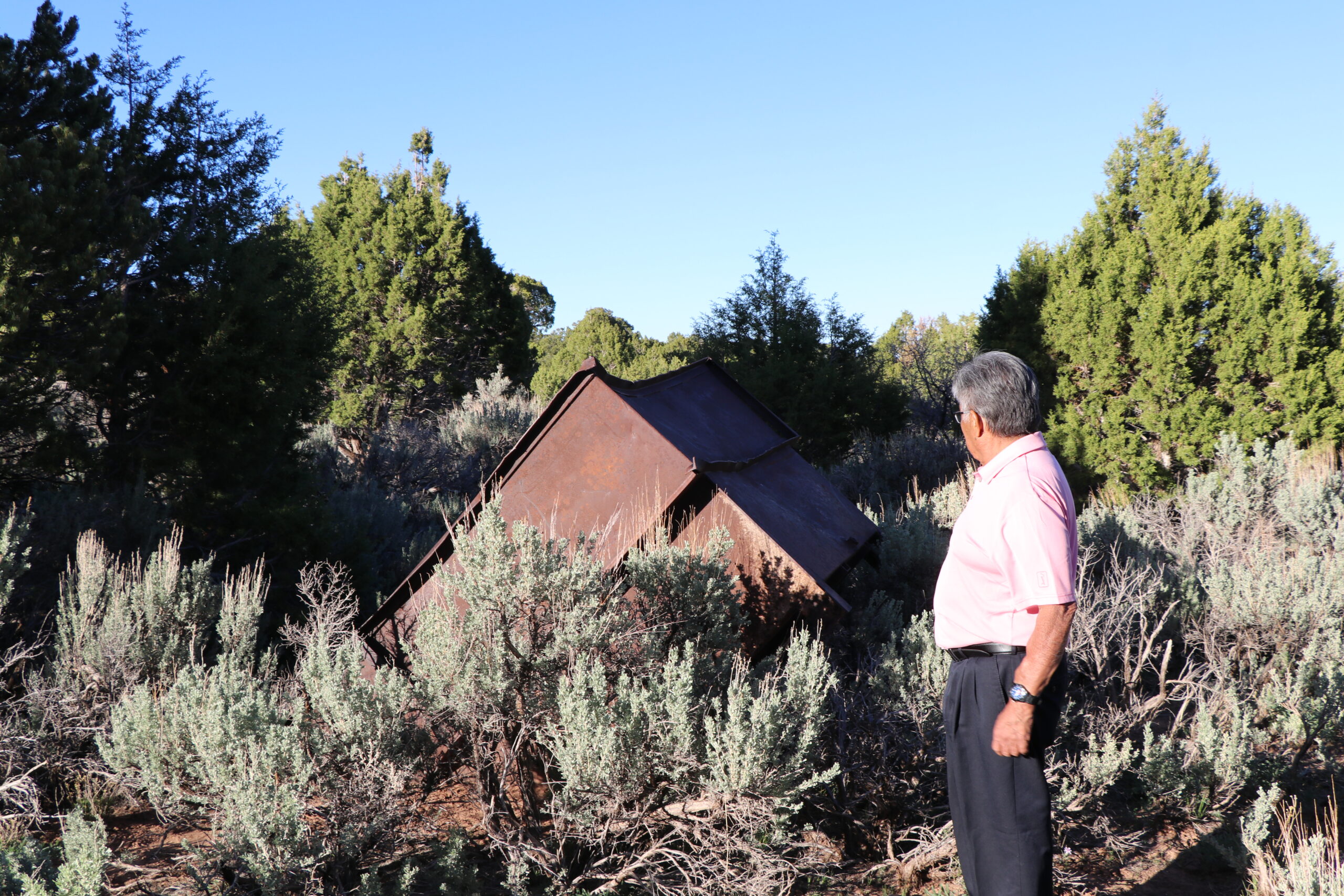
COVE CHAPTER, Ariz.—Phil Harrison walks the Lukachukai mountain range that towers over the Cove Chapter of the Navajo Nation in northeast Arizona. The mountains rise against a clear blue sky, and the red sand is dotted with sagebrush and flowers.
On a clear, warm day in May, he pauses, picks up a sprig of sagebrush and rubs it between his hands. “This is good medicine; it restores your brain,” he says.
He brings the crushed sage to his nose and inhales the sharp scent, holding out his hand and showing the green leaves in his palm. “Boil it, run it through a filter and you can drink that and it restores your memory, provides youth,” he says, then drops the sage and adds, “but I don’t know if this is contaminated.”
He shakes his head and moves on.
Despite the stunning beauty of the 27,000-square-mile Navajo Nation, which encompasses parts of Arizona, New Mexico and Utah, the land is marred by a toxic history: a “horrible legacy” of uranium mining and processing that began in 1944, with the U.S. nuclear weapons program and has slowly killed Navajo miners and their families, littered the land with 523 abandoned mines and tainted pristine aquifers with radioactive ore and the dry air with radioactive dust.
It’s a legacy Harrison is intimately familiar with.
Washington’s Dangerous New Consensus on China
Don’t Start Another Cold War
“Developing a mutually beneficial relationship with China will not be easy. But we can do better than a new Cold War.”
BY: Bernie Sanders
The unprecedented global challenges that the United States faces today—climate change, pandemics, nuclear proliferation, massive economic inequality, terrorism, corruption, authoritarianism—are shared global challenges. They cannot be solved by any one country acting alone. They require increased international cooperation—including with China, the most populous country on earth.
It is distressing and dangerous, therefore, that a fast-growing consensus is emerging in Washington that views the U.S.-Chinese relationship as a zero-sum economic and military struggle. The prevalence of this view will create a political environment in which the cooperation that the world desperately needs will be increasingly difficult to achieve.
It is quite remarkable how quickly conventional wisdom on this issue has changed. Just over two decades ago, in September 2000, corporate America and the leadership of both political parties strongly supported granting China “permanent normal trade relations” status, or PNTR. At that time, the U.S. Chamber of Commerce, the National Association of Manufacturers, the corporate media, and virtually every establishment foreign policy pundit in Washington insisted that PNTR was necessary to keep U.S. companies competitive by giving them access to China’s growing market, and that the liberalization of China’s economy would be accompanied by the liberalization of China’s government with regard to democracy and human rights.
This position was seen as obviously and unassailably correct. Granting PNTR, the economist Nicholas Lardy of the centrist Brookings Institution argued in the spring of 2000, would “provide an important boost to China’s leadership, that is taking significant economic and political risks in order to meet the demands of the international community for substantial additional economic reforms.” The denial of PNTR, on the other hand, “would mean that U.S. companies would not benefit from the most important commitments China has made to become a member” of the World Trade Organization (WTO). Writing around the same time, the political scientist Norman Ornstein of the conservative American Enterprise Institute put it more bluntly. “American trade with China is a good thing, for America and for the expansion of freedom in China,” he asserted. “That seems, or should seem, obvious.”
Well, it wasn’t obvious to me, which is why I helped lead the opposition to that disastrous trade agreement. What I knew then, and what many working people knew, was that allowing American companies to move to China and hire workers there at starvation wages would spur a race to the bottom, resulting in the loss of good-paying union jobs in the United States and lower wages for American workers. And that’s exactly what happened.
China’s nuclear leak no Chernobyl; we should still worry
The Taishan incident “should be an awakening for China to learn the lessons from Chernobyl and Fukushima, and do some soul-searching.”
BY DAVID FICKLING | BLOOMBERG OPINION (TNS)
Is a nuclear power plant on the edge of China’s 60 million-strong Pearl River Delta megalopolis on the verge of an emergency? It doesn’t look like it — but that doesn’t mean there’s no cause for concern.
The U.S. government has been assessing a report of a leak at the Taishan No. 1 nuclear power plant west of the cities of Guangzhou, Shenzhen and Hong Kong, CNN reported Monday, adding that the situation doesn’t pose a severe safety threat to workers at the plant or the wider public.
A separate statement from Electricite de France SA, or EDF, which owns 30% of the facility and controls Framatome, the company responsible for its maintenance, said there had been an “increase in the concentration of certain noble gases in the primary circuit” of the plant, adding this was a “known phenomenon.”
Don’t fret. There’s nothing in the reports so far to suggest Taishan is anywhere near turning into a Chernobyl, Fukushima or Three Mile Island.
Still, the manner in which the news has emerged suggests a deeper problem that China’s nuclear industry will need to rectify in the years ahead.
ACTION ALERTS
Nothing Found
It seems we can’t find what you’re looking for. Perhaps searching can help.
Nothing Found
It seems we can’t find what you’re looking for. Perhaps searching can help.
Interfaith Panel Discussion on Nuclear Disarmament - August 9
Nothing Found
It seems we can’t find what you’re looking for. Perhaps searching can help.
New Nuclear Media
Nothing Found
It seems we can’t find what you’re looking for. Perhaps searching can help.

